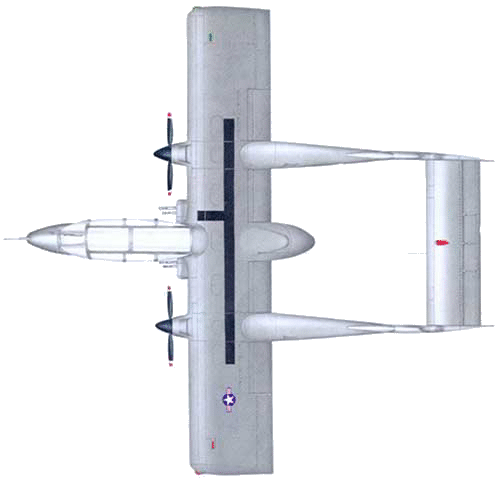|
Rockwell OV-10 Bronco More like a helicopter than an airplane, the Rockwell Bronco was the ideal example of a tactical reconnaissance plane designed to work in close cooperation with ground forces. Planning of the OV-10 began in 1962 with orders from the USAF, the US Navy and the US Marine Corps, the objective being to produce an armed reconnaissance plane specialized in anti-guerilla operations. The definitive prototype flew on August 15, 1966, and the first OV-10A production model appeared on August 6, 1967. Up to April 1969, 271 of these planes were built, 114 for the Marines and 157 for the USAF. In Vietnam the Bronco was operational from 1967. The only real COIN (Counter Insurgency) plane to take part in the Southeast Asian war was the Rockwell OV-10A Bronco. The first of these were sent with the Marines to the operation zone as soon as they came off the assembly line. Subsequently used both by the US Navy and the USAF, this tactical reconnaissance plane proved extremely useful and-well suited to the requirements of the FAC (Forward Air Control). Very often, confident of its own fire power, the Bronco would strike a target without even waiting for other warplanes to arrive. It went into action in 1968, barely two years after the first flight of the prototype, but did not have the chance to be used in such numbers as other planes which were admittedly less suited for the difficult and dangerous job of being the advance 'eye' of the DASC (Direct Air Support Center).
Technical Specifications Aircraft:
Rockwell OV-10A |


